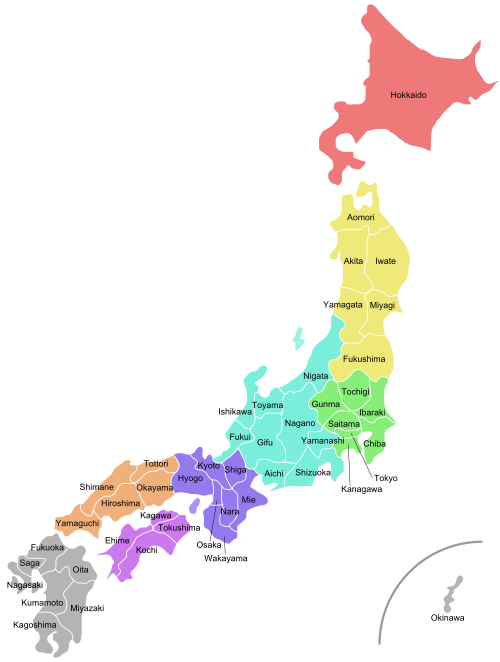Part 2 of 2 Parts (Please read Part 1 first)
Just rebranding nuclear power reactors as “Small Modular” (SMRs) or “Advanced” reactors will have no impact on the decline of nuclear power. Their smaller units may cost less but they produce less power.
They will initially at least double the cost of existing reactors per kilowatt hour. Renewables’ costs will halve again before SMRs can scale. Mass production cannot bridge that huge cost gap. SMRs will not have time to scale before renewables has decarbonized the U.S. grid.
Even if nuclear power reactors were free, they could not compete. Their non-nuclear parts cost too much. Small Modular renewables are decades ahead of nuclear in exploiting mass-production economies. Nuclear power can never catch up. It is not just a matter of too little, too late. Nuclear power hogs market space, jams grid capacity and diverts investments that more-climate-effective carbon-free competitors that can’t contest.
In the meantime, SMRs’ novel safety and proliferation issues threaten reduced schedules and short budgets. This means that promoters are attacking bedrock safety regulation. The Nuclear Regulatory Commission (NRC) proposed Part 53 would perfect long-evolving regulatory capture. Staff will be shifted away from end-to-end process from specific prescriptive standards, rigorous quality control, and verified technical performance to unsupported claims, proprietary data and political appointees’ subjective risk estimates.
Regulatory capture is a termed used to refer to regulatory government agencies being “captured” by the companies that they are supposed to regulate. In the case of the NRC, they have bent or ignored regulations when dealing with nuclear power plant operators. In one case, they even change their rules so that a particular nuclear power plant operator would not violate the rules.
Even that final abdication of responsibility on the part of the NRC cannot rescue nuclear power. It stumbles even in countries with impotent regulatory agencies and suppressed public participation. Ultimately, physics and human fallibility will doom nuclear power generation. History teaches that lax regulation ultimate causes confidence-shattering accidents. Maybe gutting safety rules is just a deferred-assisted-suicide pact.
Modern renewable generation keeps rising faster than nuclear power generation ever did in its period of peak popularities. During the period 2010-2020, renewables reduced global power-sector carbon emissions six times more than coal-to-gas switching and five times more than nuclear growth.
Germany replaced both nuclear and coal generation with efficiency and renewables. In 2010-2020, generation from lignite fell thirty-seven percent, hard coal fell sixty four percent, oil fell fifty two percent and nuclear fell fifty four percent. Power generation from gas rose three percent, GDP rose eleven percent, power sector CO2 fell forty one percent, which met its target a year early with five percentage points to spare.
Japan energy savings and renewables growth displaced one hundred and nine percent of the electricity lost by nuclear plant shutdowns when adjusted for GDP growth. Its twenty-one operational reactors which have been shut for between ten and fourteen years have lost their market. No country retains an operational need or business case for big “baseload” thermal plants. These plants are expensive, inflexible and now superfluous for reliability.
Many people in Washington, D.C. continue to claim that “all of the above” must be the response to mitigating climate change. This is not true. The more urgent the problem is, we more we must invest carefully in order to buy cheap, fast, sure options instead of slow, speculative ones. This is the only strategy that will save the most carbon per dollar and per year. Any other course will only make climate change worse.
Nuclear Reactors 979 – Why Nuclear Power Is Uneconomical And Will Not Help Mitigate Climate Change – Part 2 of 2 Parts

